This week’s newsletter is, as always, covering an important topic in the world of longevity but taking on a little bit of a different form. Please let me know your thoughts and if this was valuable to you by hitting reply to this email or leaving a comment down below.
The Purpose of This Guide
There’s a lot of talk about the importance of “hitting your daily micronutrients'', but I’ve actually never heard someone talking about the importance of micronutrients follow up by explaining what that really means. Which nutrients? What’s the optimal intake of them? What foods can I get them through? I was tired of eating what I thought was a healthy well-rounded diet without actually knowing. Hence the creation of this one-stop-shop guide for all things vitamins.
Vitamins aren't the only thing we have to consider while striving for a complete micronutrient profile, but they’re a large piece of the puzzle. This guide will break down the 13 essential vitamins, explain how to optimize our absorption of them, outline how much of them we need, and highlight some of the richest whole food sources of each.
Before the in-depth breakdown of each vitamin, I’ve included a simplified summary, or a “one-pager”, that may be of more use on a daily basis if you’re aiming to consume a complete vitamin complex on a daily basis without meticulously tracking everything you eat. I hope you find this guide as useful and deployable as I have.
What are Vitamins?
Vitamins are organic compounds, a fancy way of saying they contain carbon, which are essential nutrients to the human body. Being deficient in any one of the 13 vitamins can increase our risk of certain health issues. Ideally, we obtain these nutrients through whole foods, however, they are also available through supplementation.
There are two broad categories of vitamins that help us determine how they interact with our bodies and the most optimal way to consume them.
Fat-soluble vitamins, A, D, E, and K, are stored in our liver, fatty tissue, and muscles for a duration of a couple of days to months. Our ability to absorb fat-soluble vitamins increases when we ingest them with a source of dietary fat. As such, it’s recommended to ensure you’re consuming these four vitamins, whether through whole foods or a supplement, along with a fat source.
Water-soluble vitamins, including C and all B varieties, differ in that they generally cannot be stored in the body and as such any excess is disposed of via urine. Because of this, we need a more regular supply of water-soluble vitamins in comparison to those that are fat-soluble. The exception to the rule is vitamin B12 which can be stored in the liver for years.
Whole Foods vs. Supplements
Although vitamins can be purchased in supplemental form, it’s probably better to meet your micronutrient requirements through whole foods. Whole foods are complex, meaning they contain a variety of micronutrients that your body requires.
They can contain health-promoting chemicals, such as antioxidants, of which the benefits would not be derived if consumed via a supplemental form. Many of them, such as whole grains, legumes, fruits, and vegetables, also contain dietary fibre which is crucial to a healthy diet and has been shown to help reduce the risk of colorectal cancer, type 2 diabetes, heart disease, and stroke.
Supplements can play a role if you’re deficient in something specific or have a certain condition, but make it your aim to get everything you need through a balanced diet. It’s worth noting that some supplements use a synthetic form of the vitamin which generally tends to have a much lower absorption rate compared to the natural form that can be obtained through whole foods.
I’m purposely not touching on multivitamins in this guide for two reasons. It’s possible to consume a sufficient vitamin profile through whole foods and by spending some time in the sun. If one does need to supplement vitamins for some reason, it’s highly unlikely they need a complete multivitamin complex, but rather a specific vitamin.
Measurements
Vitamin quantities are generally listed in one of the following units. It pays to be familiar with these so you can better understand nutrition and supplement labels.
mg (milligram) – one-thousandth of a gram
mcg (microgram) – one-millionth of a gram (1,000 mcg = 1 mg)
IU (international unit) – the conversion of mg and mcg into IU depends on the type of vitamin
Optimal vs. Recommended
The last important caveat I encourage you to think about before we dive in is the distinction between optimal and recommended intake. There is almost always a difference. The recommended dietary allowance (RDA) is the average daily intake of a nutrient that is sufficient for nearly all healthy individuals of a particular gender and age. Often, nutrients will also have tolerable upper intake levels (UL) which is the maximum amount you can take before exposing yourself to potential adverse health effects.
Although the RDA level is generally a good enough estimate, it’s not necessarily the optimal intake for an individual. To determine the optimal level of a nutrient, one would have to undergo blood tests to determine how their body responds to certain nutrients while considering impacts from their environmental exposure to figure out what their most optimal intake of a particular nutrient would be. This is probably not necessary, especially if you’re in good health.
For simplicity and to make this guide applicable to the broadest number of people, the intakes provided here will be the recommended daily intakes.
You can download a PDF version of the guide using the link below or revisit the guide on www.longevityminded.ca at any time.
Link: https://drive.google.com/file/d/1yDBtQf4HIPPa4LLwi-4SH36uzZi-fPM-/view?usp=sharing
And, as always, please give me feedback on Instagram or by hitting reply to this email.
Much love,
Jack
Welcome to the rest of the guide…
One Pager
Vitamin A
Classification: Fat-soluble.
Other names: Retinol (preformed vitamin A), provitamin A carotenoids (most importantly beta-carotene).
Purpose
Helps form and maintain healthy bones, teeth, soft tissue, mucous membranes, and skin.
Critical for vision.
Supports growth and cell division, reproduction, and immunity.
Plays a crucial role in the formation and maintenance of the heart, kidneys, lungs, and other organs.
Contains antioxidant properties which may protect cells against the damaging impacts of free radicals.
Free radicals are molecules produced by your body when breaking down food or if exposed to radiation and tobacco smoke. They may contribute to cancer, heart disease, and other illnesses.
Vitamin D
Classification: Fat-soluble.
Purpose
Helps your body absorb calcium which plays a role in building and maintaining strong bones and teeth.
Vitamin D and calcium together help minimize the risk of developing osteoporosis.
Needed by our muscles and nerves to facilitate movement and carry signals between your body and brain.
Used by your immune system to fight unwanted bacteria and viruses.
Vitamin E
Classification: Fat-soluble.
Purpose
Acts as an antioxidant that helps protect cells from damage caused by free radicals.
Boosts the immune system to fight bacteria and viruses.
Helps widen blood vessels and prevent blood from clotting within them.
Used by cells to interact with each other and carry out important functions.
Vitamin K
Classification: Fat-soluble.
Purpose
Important for healthy bones, blood clotting (which prevents excessive bleeding), and other bodily functions.
If you take a blood thinner (i.e., warfarin), it’s very important to consume the same amount of vitamin K each day.
Vitamin C
Classification: Water-soluble.
Other names: Ascorbic acid, ascorbate.
Purpose
Essential for immune function which protects the body from disease.
Promotes healthy teeth and gums.
Helps the body absorb iron and maintain healthy tissue.
Required to form cartilage, blood vessels, muscle, and collagen in bones.
Acts as an antioxidant that helps protect cells from damage caused by free radicals.
The body uses vitamin C to make collagen which is a protein that helps heal wounds.
Vitamin B1 (Thiamine)
Classification: Water-soluble.
Purpose
Plays a role in converting food into energy.
Crucial for cellular growth, development, and function.
Vitamin B2 (Riboflavin)
Classification: Water-soluble.
Purpose
Plays an important role in the growth, development, and function of the cells in your body (i.e., development of the skin, lining of the digestive tract, brain function, and blood cells).
Helps to turn food into energy.
Often used for migraines, high levels of homocysteine in the blood, acne, muscle cramps, and other conditions and uses.
Vitamin B3 (Niacin)
Classification: Water-soluble.
Other names: Nicotinic acid (pyridine-3-carboxylic acid), nicotinamide (niacinamide or pyridine-3-carboxamide), and other derivatives (i.e., nicotinamide riboside).
Purpose
Helps to turn food into energy, create cholesterol and fats, and create and repair DNA.
Plays an important role in the development and function of the cells in your body.
Exerts an antioxidant effect that may protect cells against the damaging impacts of free radicals.
Vitamin B5 (Pantothenic acid)
Classification: Water-soluble.
Purpose
Helps turn food into energy.
Plays an important role in many bodily functions, especially in the production and breaking down of fats.
Required to produce blood cells in your body.
Vitamin B6 (Pyridoxine)
Classification: Water-soluble.
Purpose
Required by the body for more than 100 enzyme reactions involved in metabolism.
Plays a role in brain development during pregnancy and infancy.
Bolsters the immune system.
Vitamin B7 (Biotin)
Classification: Water-soluble.
Purpose
Plays a role in helping enzymes convert carbohydrates, fats, and proteins consumed through food into energy.
Assists in regulating signals sent by cells and the activity of genes.
Vitamin B9 (Folate)
Classification: Water-soluble.
Purpose
Used to make DNA and other genetic material. Helps in forming DNA and RNA and plays a role in protein metabolism.
Required by cells in order to divide.
Helps to break down homocysteine which is an amino acid that has the ability to harm the body in high amounts.
Needed to create healthy red blood cells and is especially important during periods of rapid growth (i.e., pregnancy, fetal development).
Vitamin B12 (Cyanocobalamin)
Classification: Water-soluble.
Purpose
Plays a role in maintaining the health of nerve and blood cells and contributes to the production of DNA which is the genetic material in all of your cells.
Helps to prevent megaloblastic anemia which is a blood condition that causes people to be tired and weak.




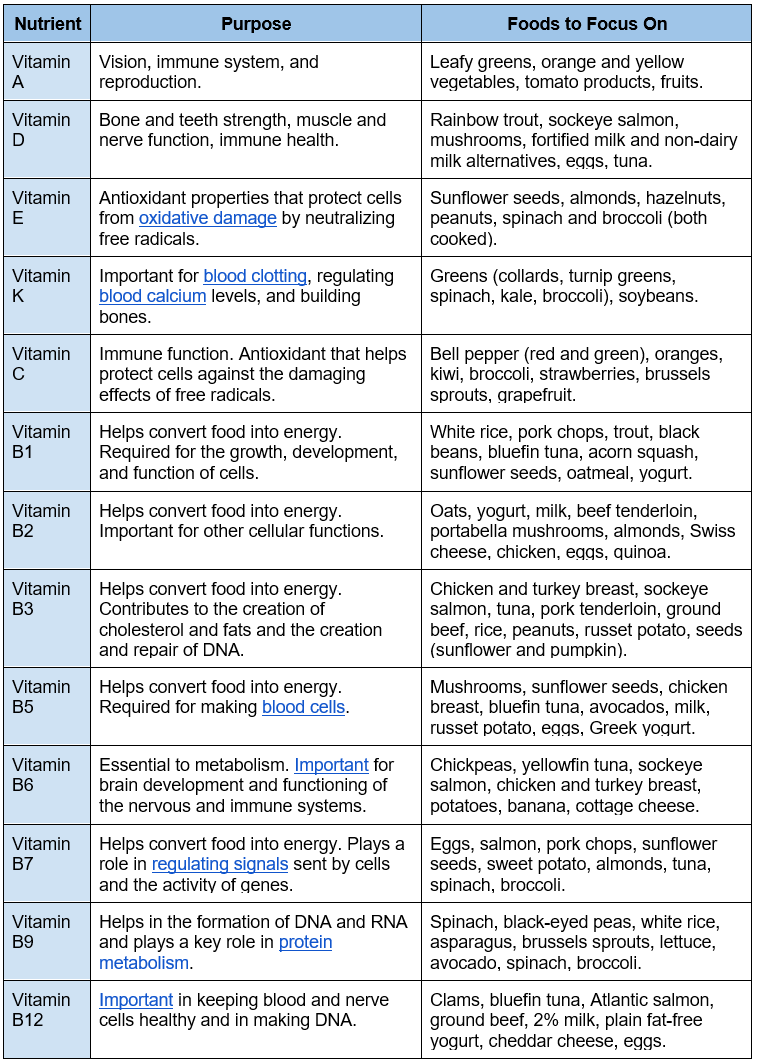
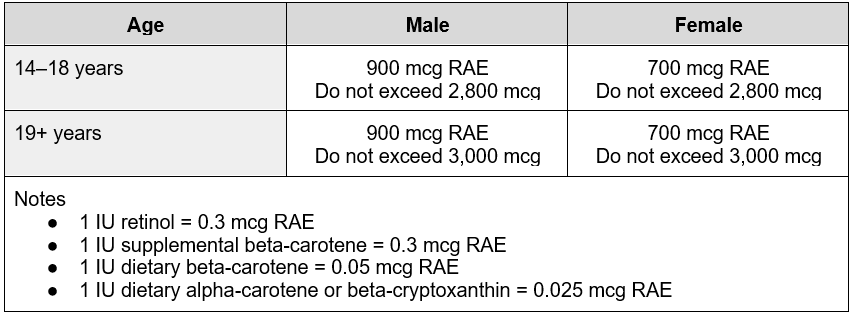
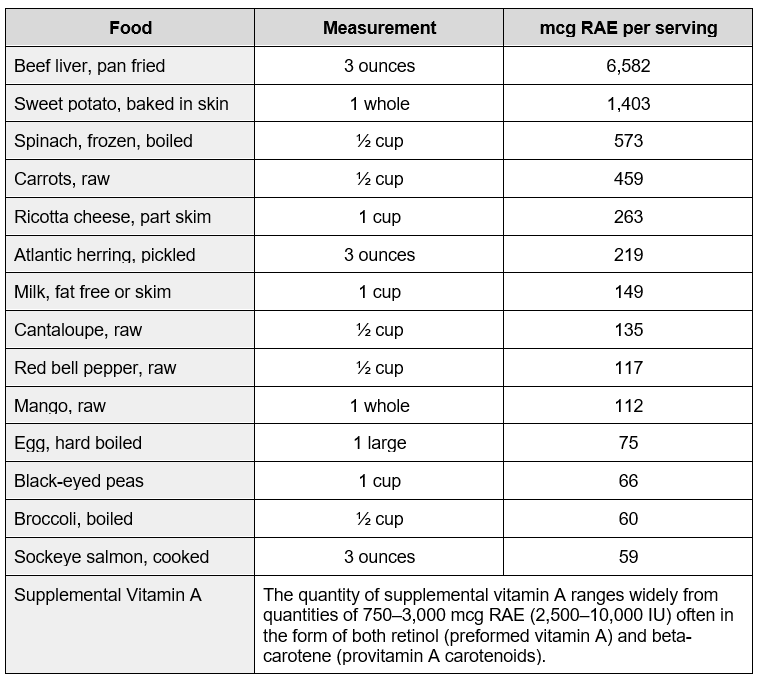

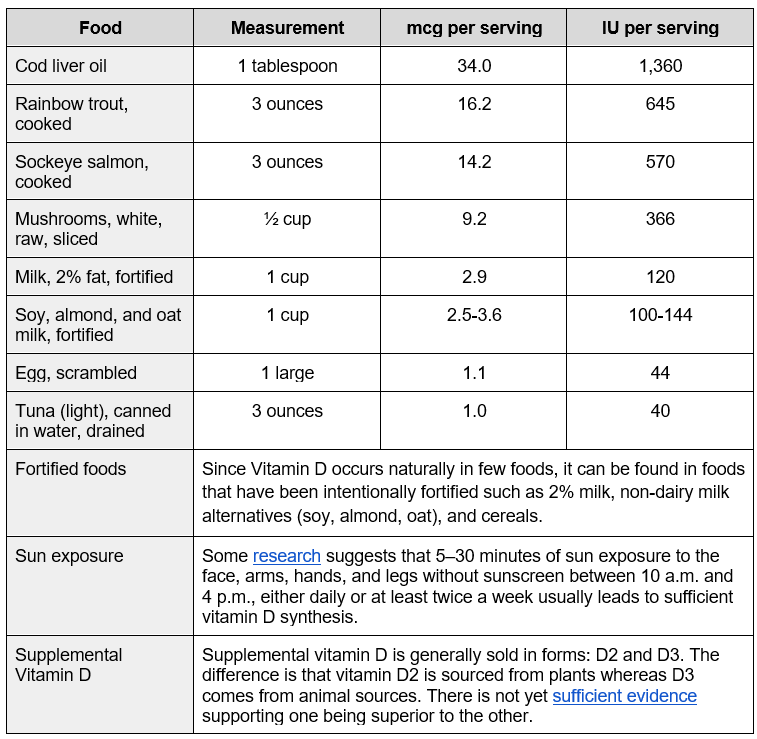
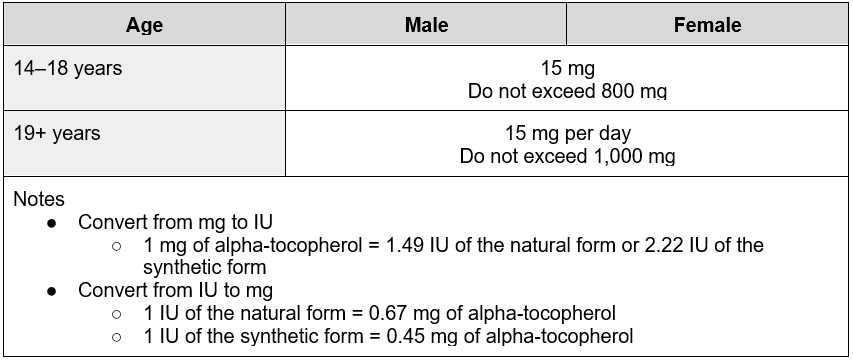
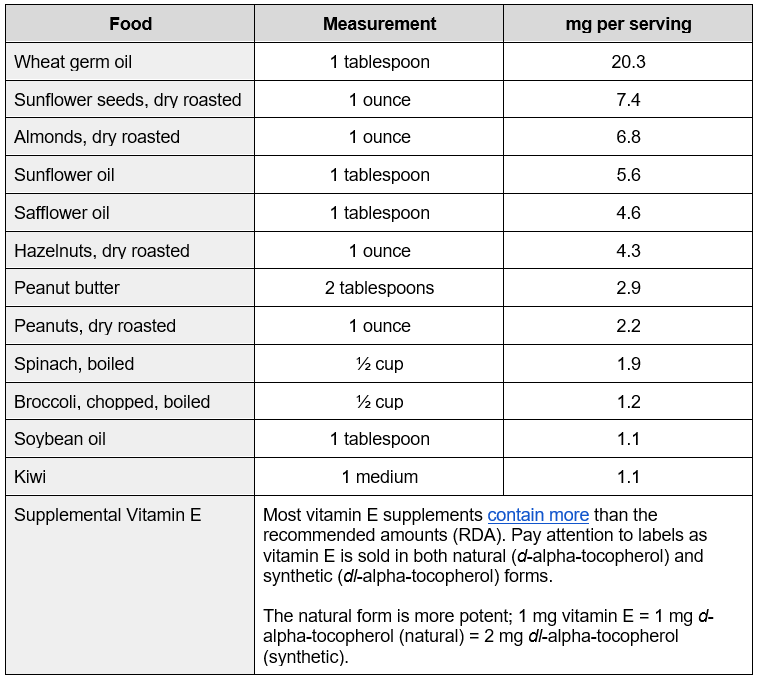

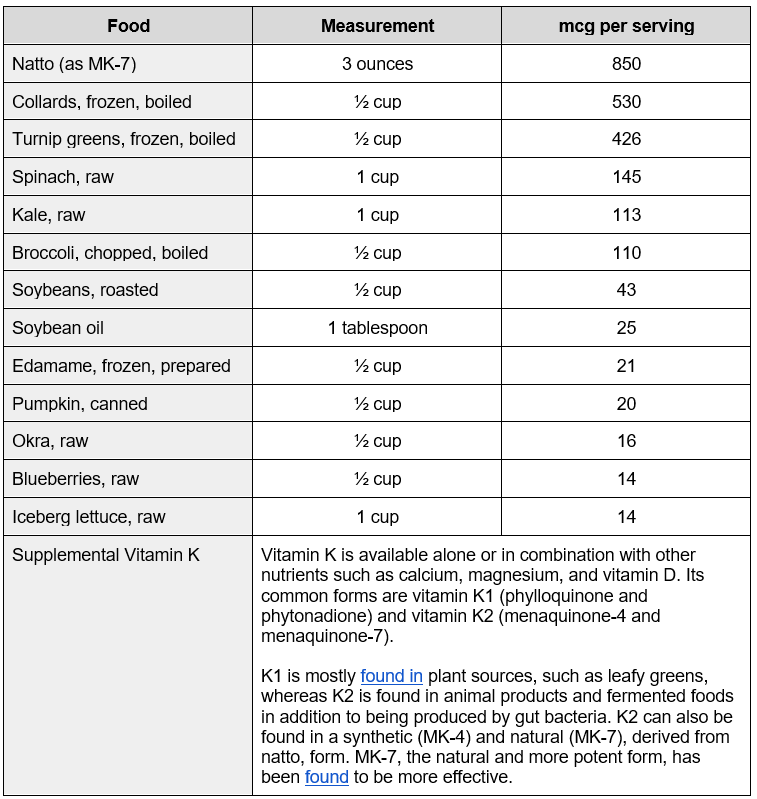



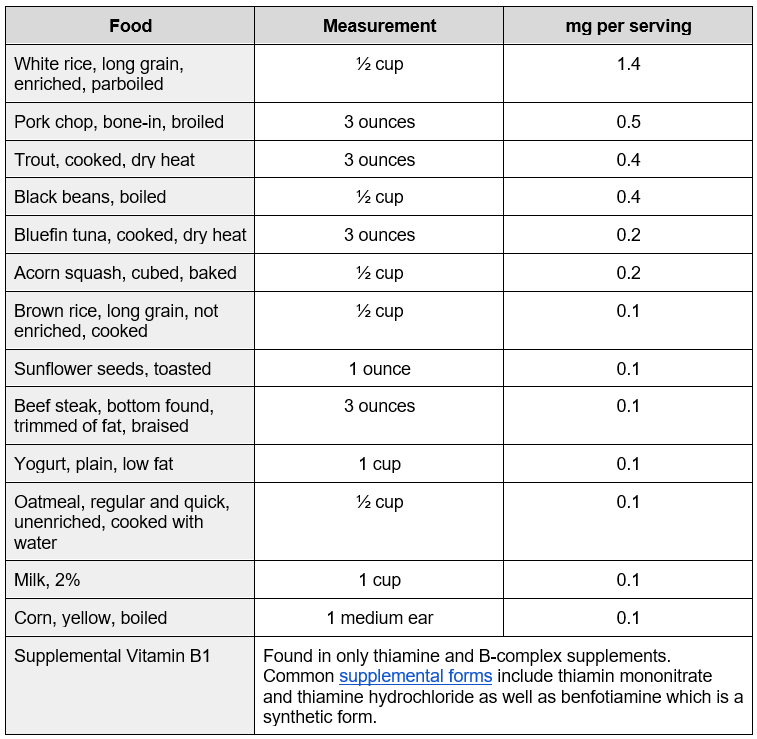

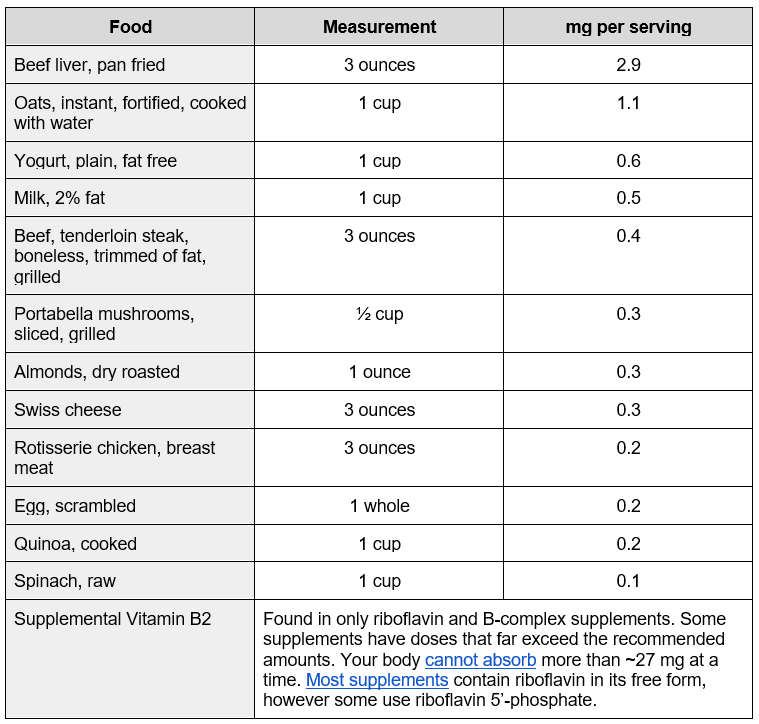

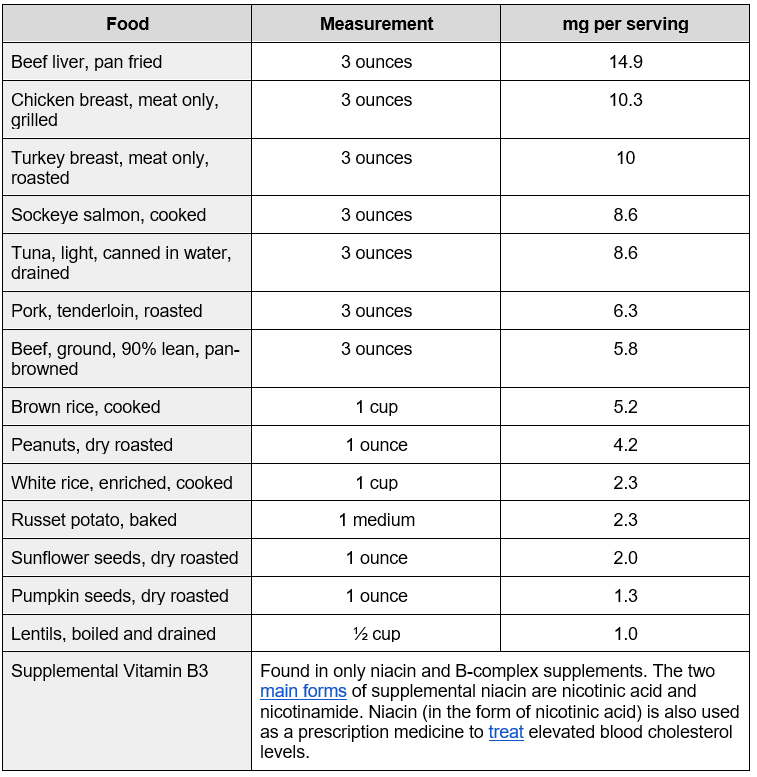

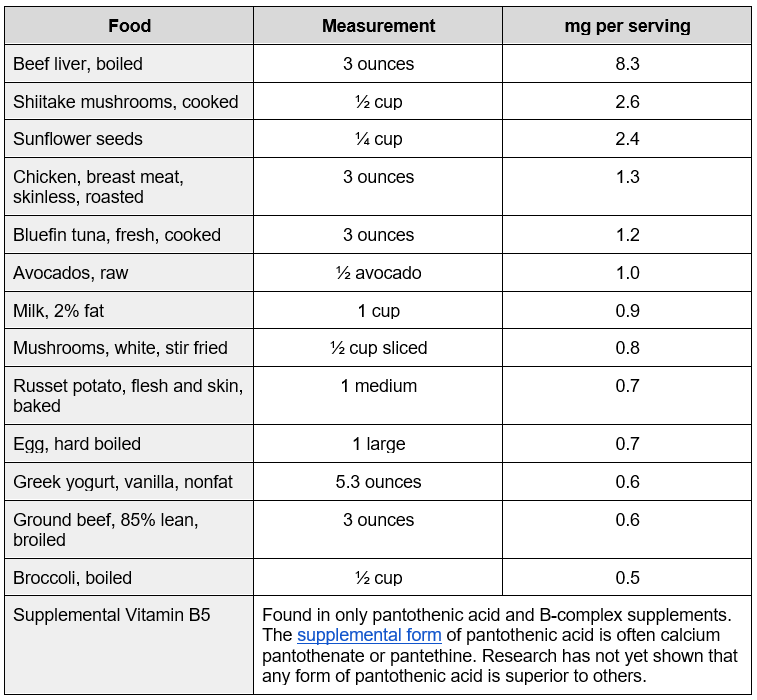



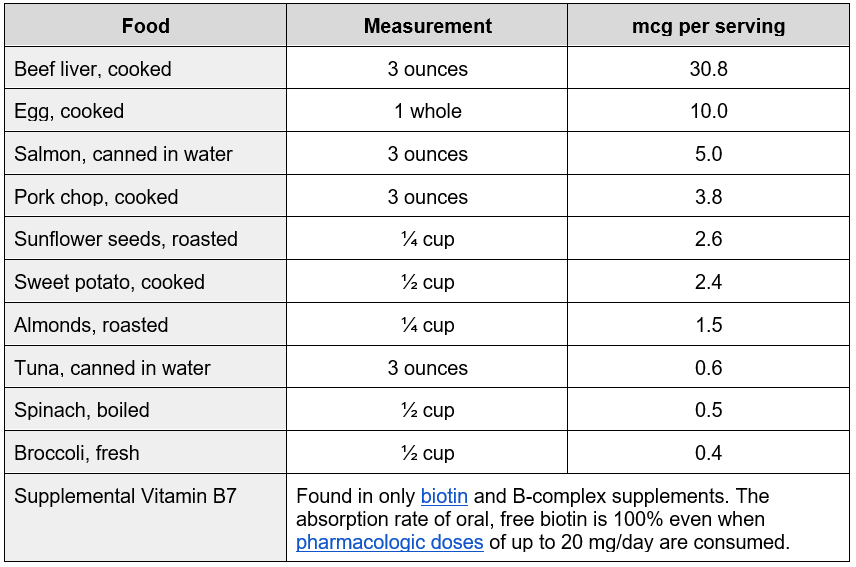
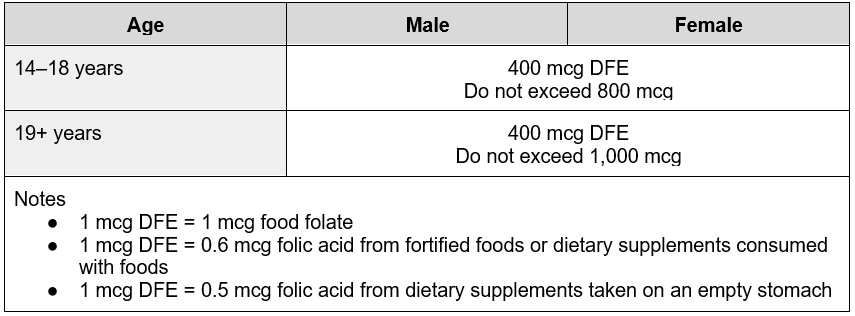
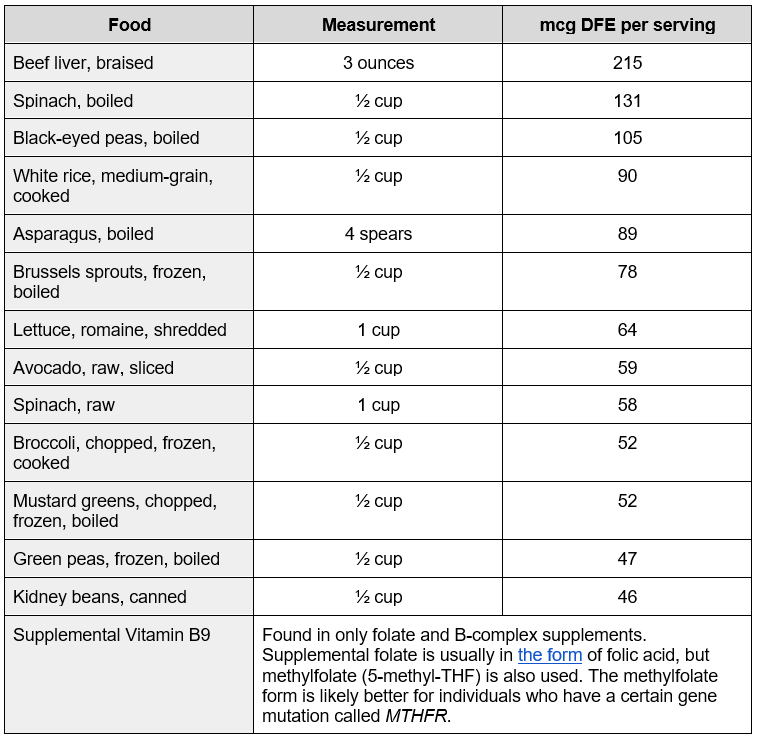

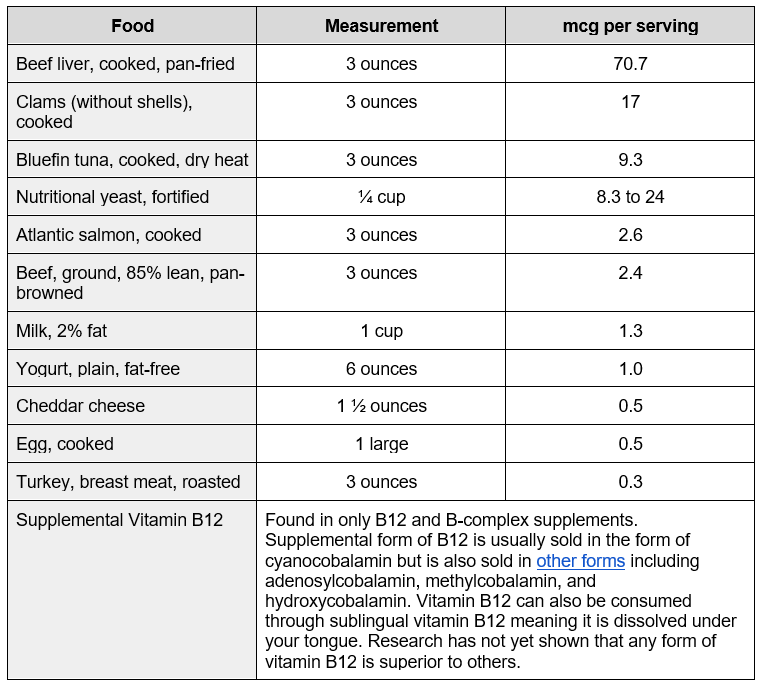
Efficiency in business and health matters. This guide, emphasizing fat-soluble vitamins, reaffirms my reliance on a B-complex supplement. It's my secret weapon for sustained energy. The advice on whole foods? Perfect. It aligns with my philosophy of supplementing wisely while maintaining a productive lifestyle.
Check this out https://www.amazon.com/NUTRAHARMONY-Vitamin-Complex-11-Supplements/dp/B0BTT3JCTF